 Harnessing nuclear fusion, the process by which lighter atoms combine into heavier ones, has been a dream of researchers for generations: in theory, it could produce electricity without emitting greenhouse gases and, unlike nuclear fission, generate very little radioactive waste.
Harnessing nuclear fusion, the process by which lighter atoms combine into heavier ones, has been a dream of researchers for generations: in theory, it could produce electricity without emitting greenhouse gases and, unlike nuclear fission, generate very little radioactive waste.
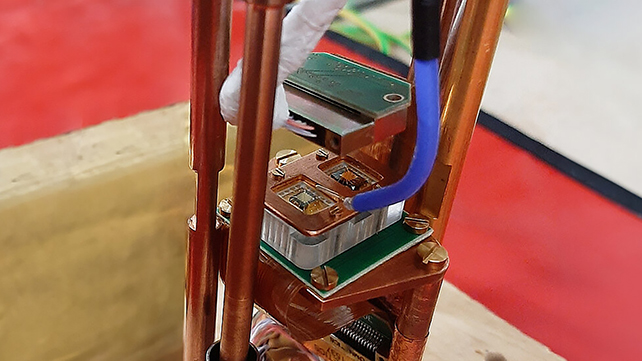 Superconductivity continues to revolutionize technology in so many ways. While some technological advances rely on finding ways to encourage zero-resistance currents at warmer temperatures, engineers are also considering better ways of fine-controlling the super-efficient flow of electrons.
Superconductivity continues to revolutionize technology in so many ways. While some technological advances rely on finding ways to encourage zero-resistance currents at warmer temperatures, engineers are also considering better ways of fine-controlling the super-efficient flow of electrons.
Read More
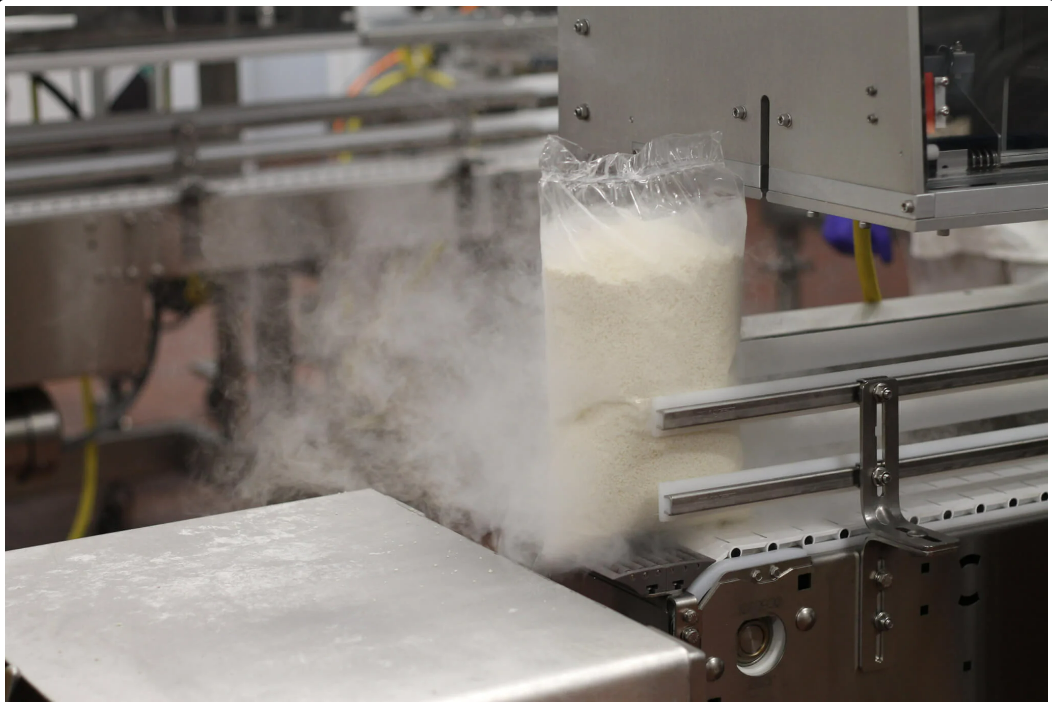 Cryogenic freezing specialist Cryogenic Processors will open a new cryogenic freezing and freeze-drying facility in Paducah, Kentucky, at the end of 2024. The plant will feature three isolated pelletising rooms, each equipped with advanced blending systems and a standard conical pelletiser with an increased capacity of 1000kg per hour. Once pelletized, storage will be available at temperatures as low as -60°C (-76°F).
Cryogenic freezing specialist Cryogenic Processors will open a new cryogenic freezing and freeze-drying facility in Paducah, Kentucky, at the end of 2024. The plant will feature three isolated pelletising rooms, each equipped with advanced blending systems and a standard conical pelletiser with an increased capacity of 1000kg per hour. Once pelletized, storage will be available at temperatures as low as -60°C (-76°F).
Read More
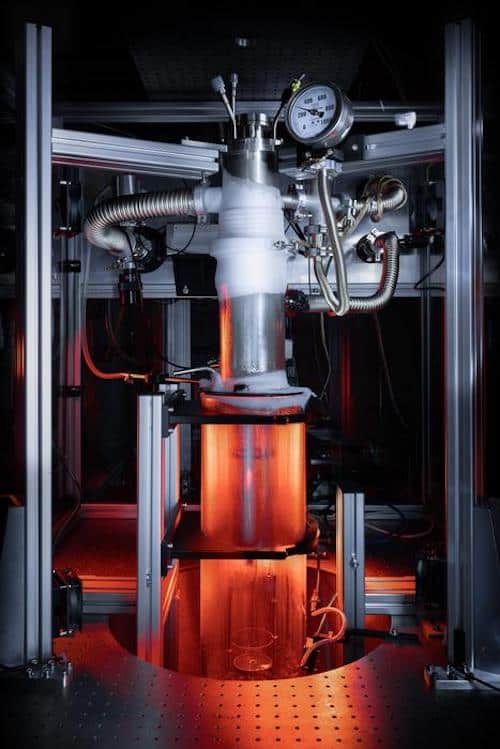 A novel experimental platform known as a giant quantum vortex mimics certain behaviors of black holes, giving scientists an opportunity to observe the physics of these astrophysical structures up close. The vortex appears in superfluid helium cooled to near-absolute zero temperatures, and according to the team that made it, studies of its dynamics could offer hints as to how cosmological black holes produce their characteristic rotating curved space–times.
A novel experimental platform known as a giant quantum vortex mimics certain behaviors of black holes, giving scientists an opportunity to observe the physics of these astrophysical structures up close. The vortex appears in superfluid helium cooled to near-absolute zero temperatures, and according to the team that made it, studies of its dynamics could offer hints as to how cosmological black holes produce their characteristic rotating curved space–times.
Read More
Enhancing Fusion Reactor Control Through Combined Plasma Management Techniques
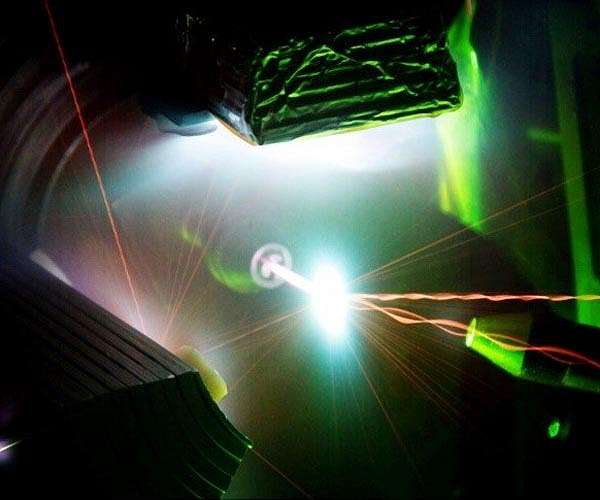 Researchers at the U.S. Department of Energy's Princeton Plasma Physics Laboratory (PPPL) are advancing fusion technology by integrating two established plasma control methods-electron cyclotron current drive (ECCD) and resonant magnetic perturbations (RMP). This combination has shown promising results in improving plasma management, crucial for generating electricity through fusion.
Researchers at the U.S. Department of Energy's Princeton Plasma Physics Laboratory (PPPL) are advancing fusion technology by integrating two established plasma control methods-electron cyclotron current drive (ECCD) and resonant magnetic perturbations (RMP). This combination has shown promising results in improving plasma management, crucial for generating electricity through fusion.
The team's latest simulations, discussed in their recent publication in Nuclear Fusion, mark the first instance where ECCD and RMP have been used together experimentally. "We are exploring new frontiers with this approach, enhancing our control over plasma behavior," commented Qiming Hu, a PPPL staff research physicist and the paper's lead author.
Read More
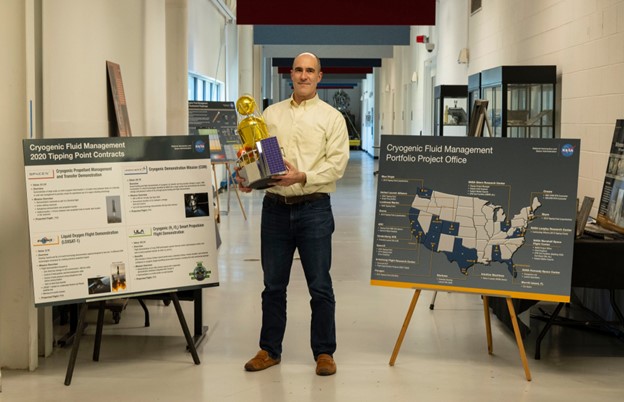 Jeremy Kenny squinted his eyes as he looked toward the brilliant light. Then came the deafening sound waves that vibrated his body. This was the moment he’d dreamed about since childhood. It was Nov. 16, 2009, at NASA’s Kennedy Space Center in Florida, and Kenny and his wife were watching space shuttle Atlantis embark on a mission to the International Space Station. Kenny, who was less than two years into his NASA career, had the opportunity to see the liftoff from Launch Pad 39A as part of receiving the Space Flight Awareness Award for supporting the Space Shuttle Program’s solid rocket booster flight program.
Jeremy Kenny squinted his eyes as he looked toward the brilliant light. Then came the deafening sound waves that vibrated his body. This was the moment he’d dreamed about since childhood. It was Nov. 16, 2009, at NASA’s Kennedy Space Center in Florida, and Kenny and his wife were watching space shuttle Atlantis embark on a mission to the International Space Station. Kenny, who was less than two years into his NASA career, had the opportunity to see the liftoff from Launch Pad 39A as part of receiving the Space Flight Awareness Award for supporting the Space Shuttle Program’s solid rocket booster flight program.
Read More
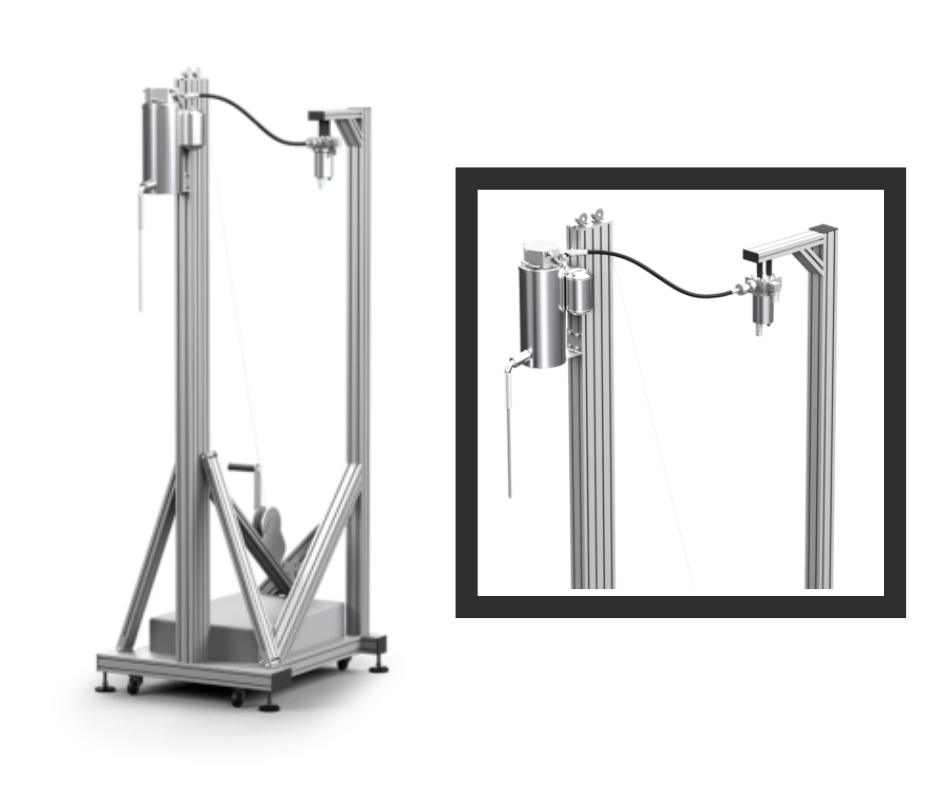 Bluefors has introduced its latest advancement: the Cryomech HeRL02-RM. This cutting-edge helium reliquefier, specifically engineered for helium recovery from individual nuclear magnetic resonance (NMR) units, marks a significant stride in helium conservation and management. The Cryomech HeRL02-RM establishes a closed-loop, zero-boiloff system for NMR magnets, ensuring optimal helium utilization. Boiled-off helium is efficiently redirected through a vapor return line to the reliquefier, powered by a Pulse Tube Cryocooler, where it undergoes instant liquefaction before being reintroduced to the magnet’s helium bath.
Bluefors has introduced its latest advancement: the Cryomech HeRL02-RM. This cutting-edge helium reliquefier, specifically engineered for helium recovery from individual nuclear magnetic resonance (NMR) units, marks a significant stride in helium conservation and management. The Cryomech HeRL02-RM establishes a closed-loop, zero-boiloff system for NMR magnets, ensuring optimal helium utilization. Boiled-off helium is efficiently redirected through a vapor return line to the reliquefier, powered by a Pulse Tube Cryocooler, where it undergoes instant liquefaction before being reintroduced to the magnet’s helium bath.
Read More
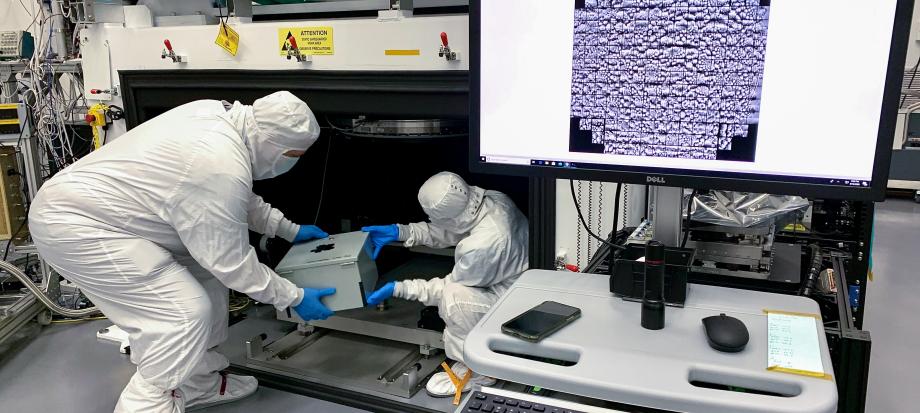 The completion of the Legacy Survey of Space and Time (LSST) Camera, after two decades of collaborative work involving scientists and engineers at the Department of Energy's SLAC National Accelerator Laboratory and international partners, signifies a significant milestone in the construction of the Vera C. Rubin Observatory in Chile. The LSST Camera, designed to conduct a 10-year survey of the Southern Hemisphere sky, represents the largest digital camera ever built for astronomy.
The completion of the Legacy Survey of Space and Time (LSST) Camera, after two decades of collaborative work involving scientists and engineers at the Department of Energy's SLAC National Accelerator Laboratory and international partners, signifies a significant milestone in the construction of the Vera C. Rubin Observatory in Chile. The LSST Camera, designed to conduct a 10-year survey of the Southern Hemisphere sky, represents the largest digital camera ever built for astronomy.
Read More
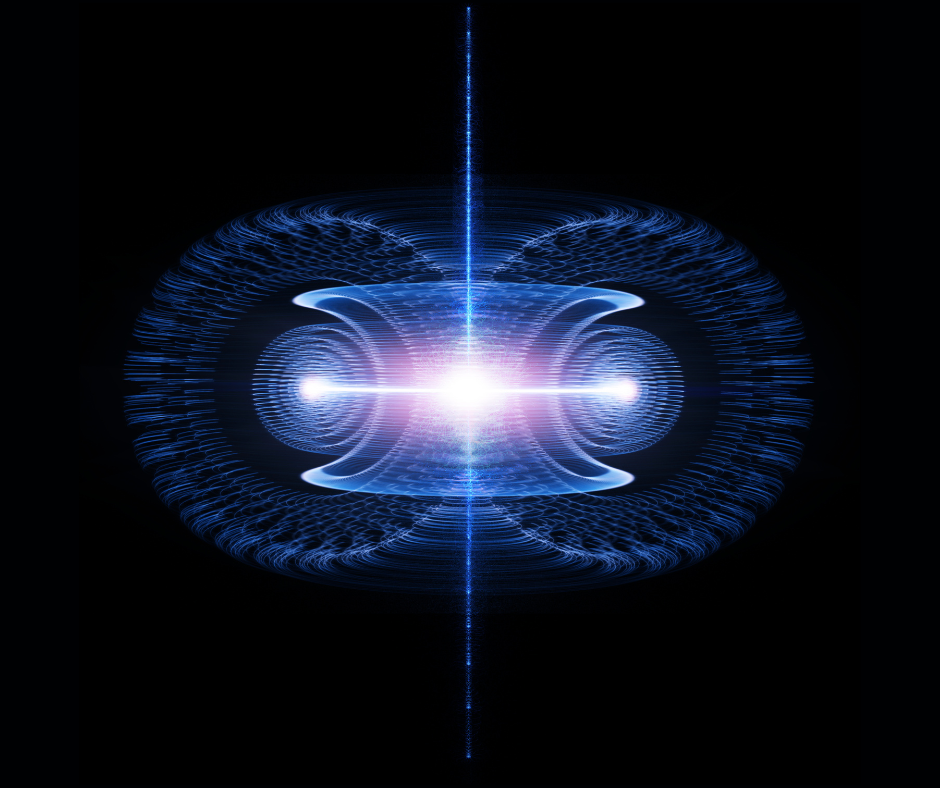 In the pursuit of a sustainable and efficient energy future, nuclear fusion, particularly the fusion of hydrogen nuclei, has long been regarded as a promising avenue by scientists. However, a significant hurdle has been the formidable requirement of achieving exceedingly high pressures and temperatures to initiate the fusion process.
In the pursuit of a sustainable and efficient energy future, nuclear fusion, particularly the fusion of hydrogen nuclei, has long been regarded as a promising avenue by scientists. However, a significant hurdle has been the formidable requirement of achieving exceedingly high pressures and temperatures to initiate the fusion process.
Read More
Hubble Spots the Spider Galaxy
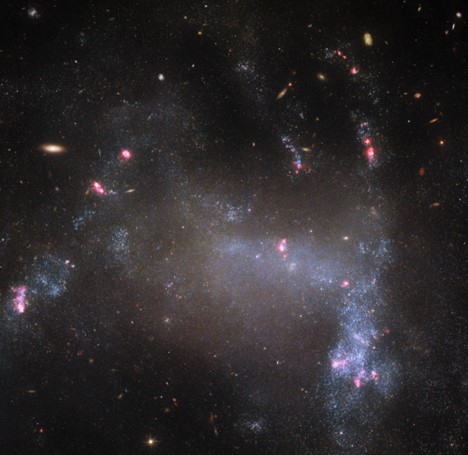 This image from the NASA/ESA Hubble Space Telescope shows the gauzy-looking celestial body UGC 5829, an irregular galaxy that lies about 30 million light-years away. Despite the lack of observations of this relatively faint galaxy, UGC 5829 has a distinct and descriptive name: the Spider Galaxy. Perhaps its distorted galactic arms with their glowing, star-forming tips hint at the clawed legs of an arachnid.
This image from the NASA/ESA Hubble Space Telescope shows the gauzy-looking celestial body UGC 5829, an irregular galaxy that lies about 30 million light-years away. Despite the lack of observations of this relatively faint galaxy, UGC 5829 has a distinct and descriptive name: the Spider Galaxy. Perhaps its distorted galactic arms with their glowing, star-forming tips hint at the clawed legs of an arachnid.
Read More
 China has successfully completed ovarian tissue cryopreservation and transplantation to help women who lost ovarian function because of tumor treatments and hematopoietic stem cell transplantation, also known as bone marrow transplant, preserve their fertility.
China has successfully completed ovarian tissue cryopreservation and transplantation to help women who lost ovarian function because of tumor treatments and hematopoietic stem cell transplantation, also known as bone marrow transplant, preserve their fertility.
Read More
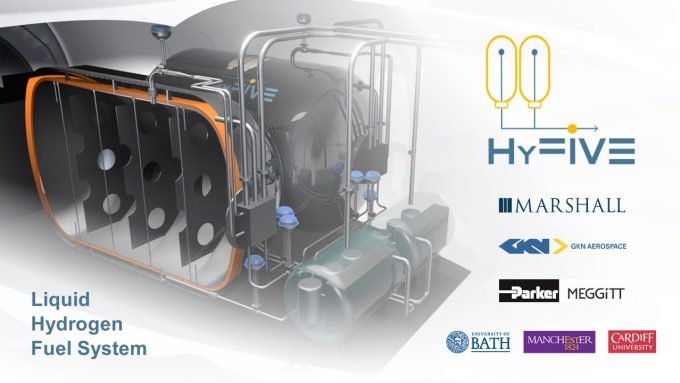 HyFIVE represents a significant leap forward in advancing a world-leading liquid hydrogen fuel system and future supply chain within the aviation sector. This collaborative effort underscores GKN Aerospace’s unwavering commitment to fostering innovation and sustainability. Led by Marshall, the HyFIVE consortium is on the cusp of achieving major milestones, including the development and rigorous testing of scalable liquid hydrogen fuel system technologies. These efforts will culminate in a fully integrated ground demonstration showcasing the hydrogen fuel system's capabilities.
HyFIVE represents a significant leap forward in advancing a world-leading liquid hydrogen fuel system and future supply chain within the aviation sector. This collaborative effort underscores GKN Aerospace’s unwavering commitment to fostering innovation and sustainability. Led by Marshall, the HyFIVE consortium is on the cusp of achieving major milestones, including the development and rigorous testing of scalable liquid hydrogen fuel system technologies. These efforts will culminate in a fully integrated ground demonstration showcasing the hydrogen fuel system's capabilities.
Read More
Review of John Weisend II’s Superfluid – How a Quantum Fluid Revolutionized Modern Science
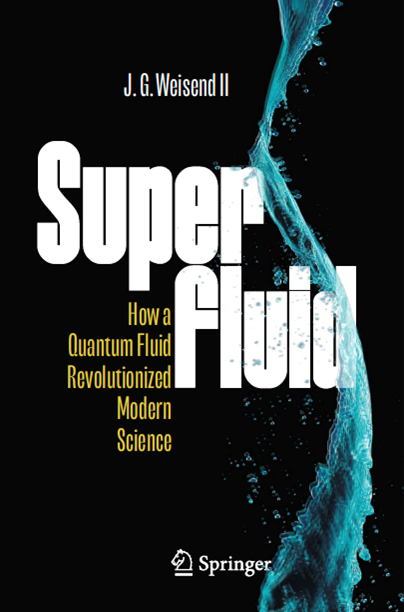 Over the recent holidays, we hosted some new friends in our home. The young couple are both technically savvy but have never previously encountered the world of cryogenics, low temperatures, or superfluid helium. I had a copy of John Weisend II’s new book Superfluid – How a Quantum Fluid Revolutionized Modern Science sitting around, and one of the two picked it up out of curiosity. The cover design is cool, and it grabs your attention. Our young friend was captivated by the contents and commented on how great it was that he could understand it all. I will now be ordering a copy for him. (I had yet to read my own copy and would not let him take it with him when he left.) This is a great book. It relates a technically fascinating story in a manner accessible to the general public. You should order a copy for yourself!
Over the recent holidays, we hosted some new friends in our home. The young couple are both technically savvy but have never previously encountered the world of cryogenics, low temperatures, or superfluid helium. I had a copy of John Weisend II’s new book Superfluid – How a Quantum Fluid Revolutionized Modern Science sitting around, and one of the two picked it up out of curiosity. The cover design is cool, and it grabs your attention. Our young friend was captivated by the contents and commented on how great it was that he could understand it all. I will now be ordering a copy for him. (I had yet to read my own copy and would not let him take it with him when he left.) This is a great book. It relates a technically fascinating story in a manner accessible to the general public. You should order a copy for yourself!
Read More
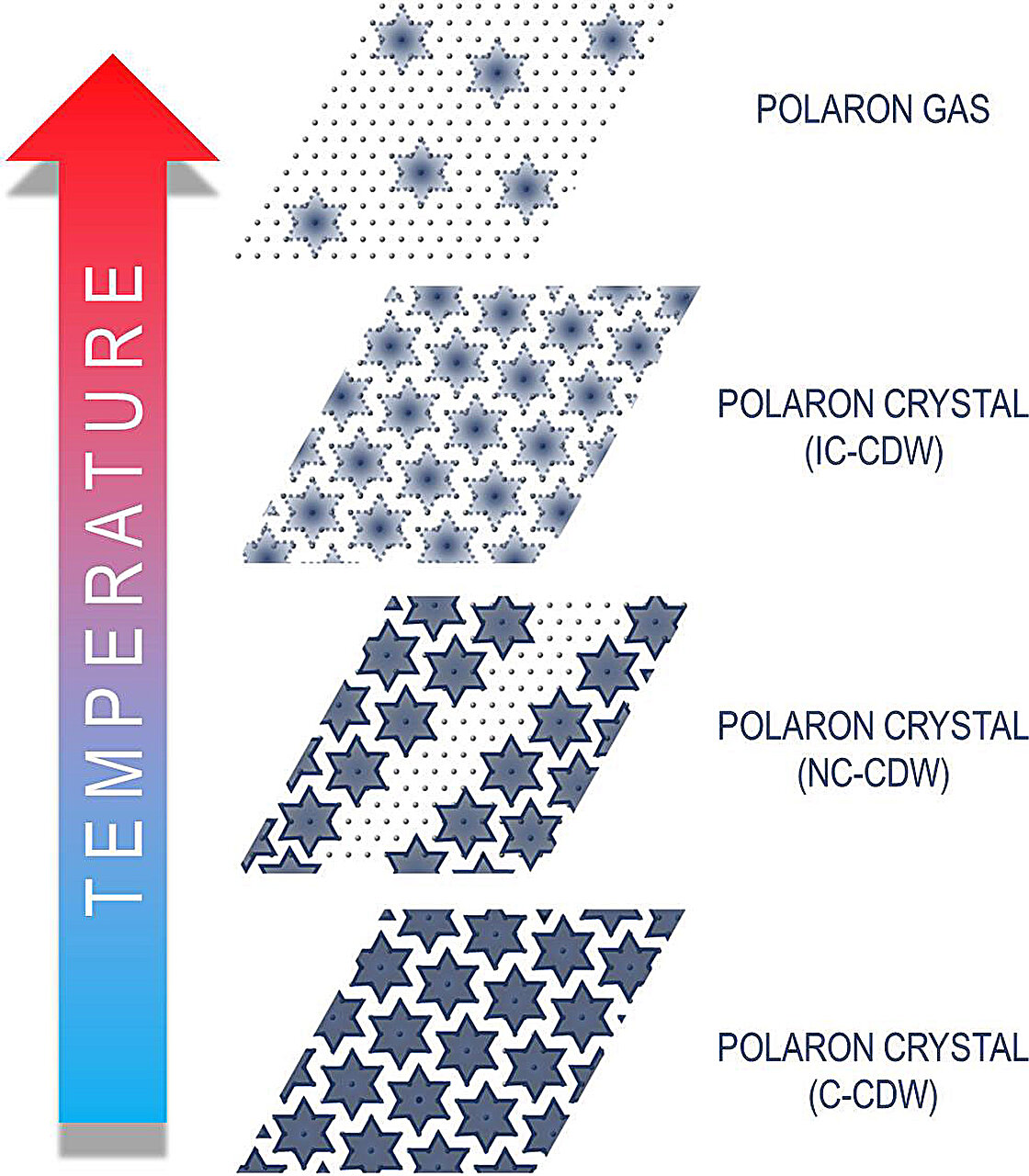 Research often unfolds as a multistage process. The solution to one question can spark several more, inspiring scientists to reach further and look at the larger problem from several different perspectives. Such projects can often be the catalyst for collaborations that leverage the expertise and capabilities of different teams and institutions as they grow.
Research often unfolds as a multistage process. The solution to one question can spark several more, inspiring scientists to reach further and look at the larger problem from several different perspectives. Such projects can often be the catalyst for collaborations that leverage the expertise and capabilities of different teams and institutions as they grow.
Read More

Read More
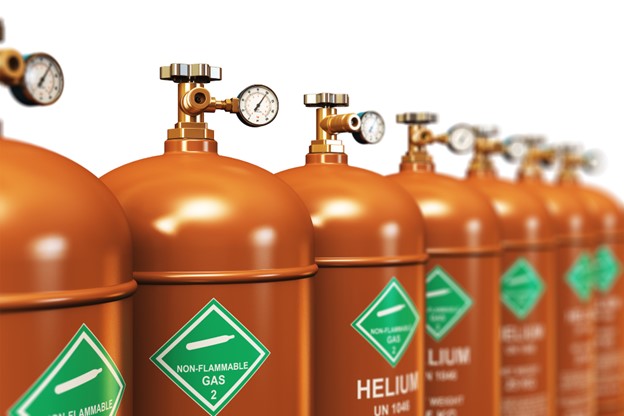 Lake Shore Cryotronics' Director of Product Management for Cryogenic Systems Rachael Floyd shares how Lake Shore Cryotronics is helping reduce helium costs in the lab.
Lake Shore Cryotronics' Director of Product Management for Cryogenic Systems Rachael Floyd shares how Lake Shore Cryotronics is helping reduce helium costs in the lab.
Read More
Cryo Legacy: Angela Krenn’s Reflections on Cryogenics and Space, a Trailblazer Revisited
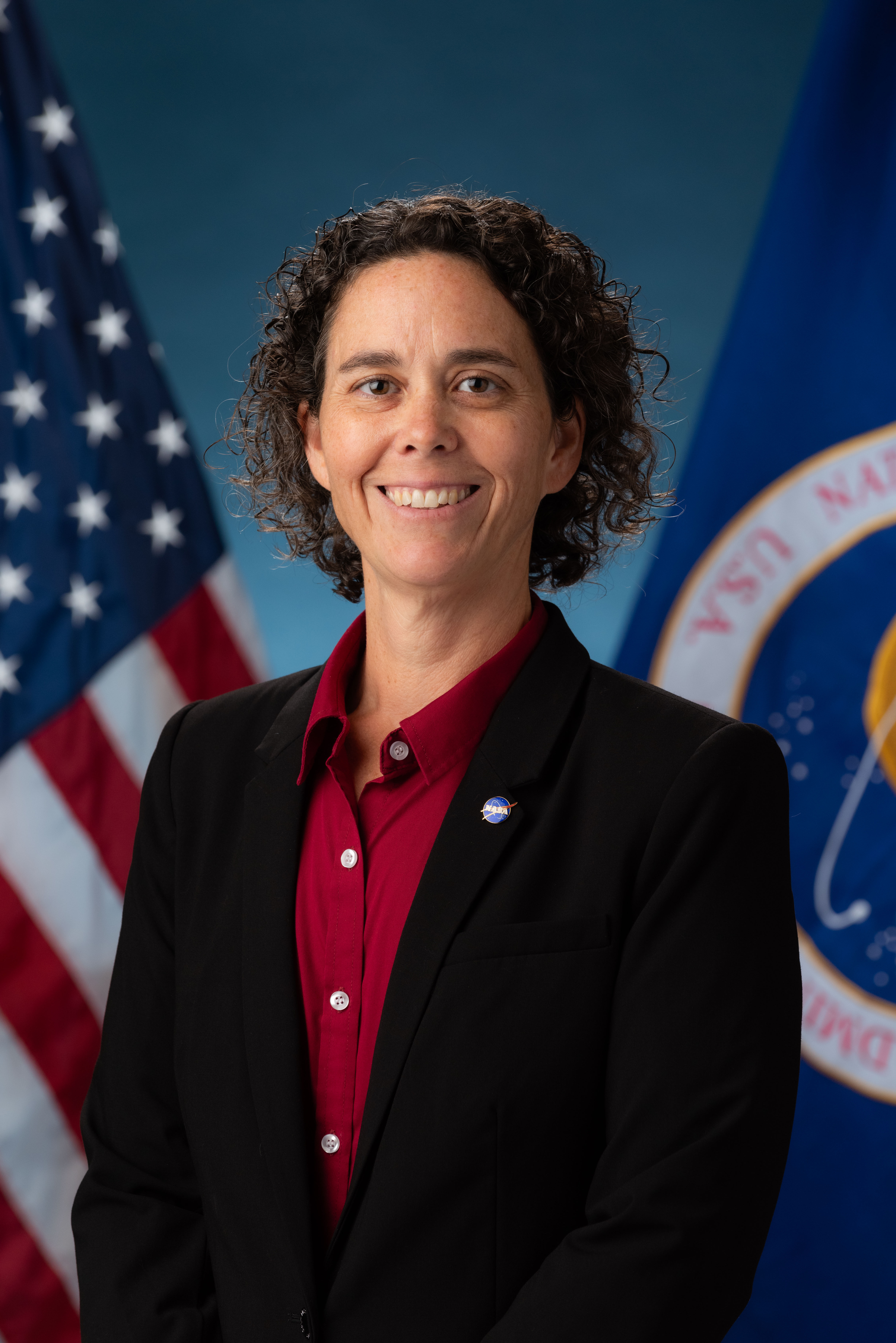 In our annual “Women in Cryogenics and Superconductivity” feature, Cold Facts explores the profound contributions of outstanding women in the field. Drawing on its popularity, we wanted to have a candid conversation, reconnecting with a trailblazing woman in cryogenics, previously spotlighted as one of our “Women in Cryogenics.” In this interview, Angela Krenn, with over 21 years of experience at NASA’s Kennedy Space Center, offers an insightful glimpse into the industry's evolution over two decades and her impact on space exploration. Currently serving as the principal technologist for Thermal Management Systems and Surface Systems in the Space Technology Mission Directorate, Angela is at the forefront of developing investment strategies and coordinating technology advancements across NASA. In her role, she seamlessly transitioned from a focus on cryogenics to overseeing all thermal-related technology developments for the agency. Angela's expertise extends from extreme cooling for rocket fuel efficiency to ensuring instruments’ function in lunar exploration conditions. A Florida native, Angela's childhood dream of working for NASA became a reality and her commitment to identifying gaps in thermal technologies reflects her dedication. With a remarkable career that started with a dream job working with liquid hydrogen, Angela continues to inspire as a leader in advancing NASA’s capabilities for future space exploration and as a powerful role model to industry women.
In our annual “Women in Cryogenics and Superconductivity” feature, Cold Facts explores the profound contributions of outstanding women in the field. Drawing on its popularity, we wanted to have a candid conversation, reconnecting with a trailblazing woman in cryogenics, previously spotlighted as one of our “Women in Cryogenics.” In this interview, Angela Krenn, with over 21 years of experience at NASA’s Kennedy Space Center, offers an insightful glimpse into the industry's evolution over two decades and her impact on space exploration. Currently serving as the principal technologist for Thermal Management Systems and Surface Systems in the Space Technology Mission Directorate, Angela is at the forefront of developing investment strategies and coordinating technology advancements across NASA. In her role, she seamlessly transitioned from a focus on cryogenics to overseeing all thermal-related technology developments for the agency. Angela's expertise extends from extreme cooling for rocket fuel efficiency to ensuring instruments’ function in lunar exploration conditions. A Florida native, Angela's childhood dream of working for NASA became a reality and her commitment to identifying gaps in thermal technologies reflects her dedication. With a remarkable career that started with a dream job working with liquid hydrogen, Angela continues to inspire as a leader in advancing NASA’s capabilities for future space exploration and as a powerful role model to industry women.
Read More
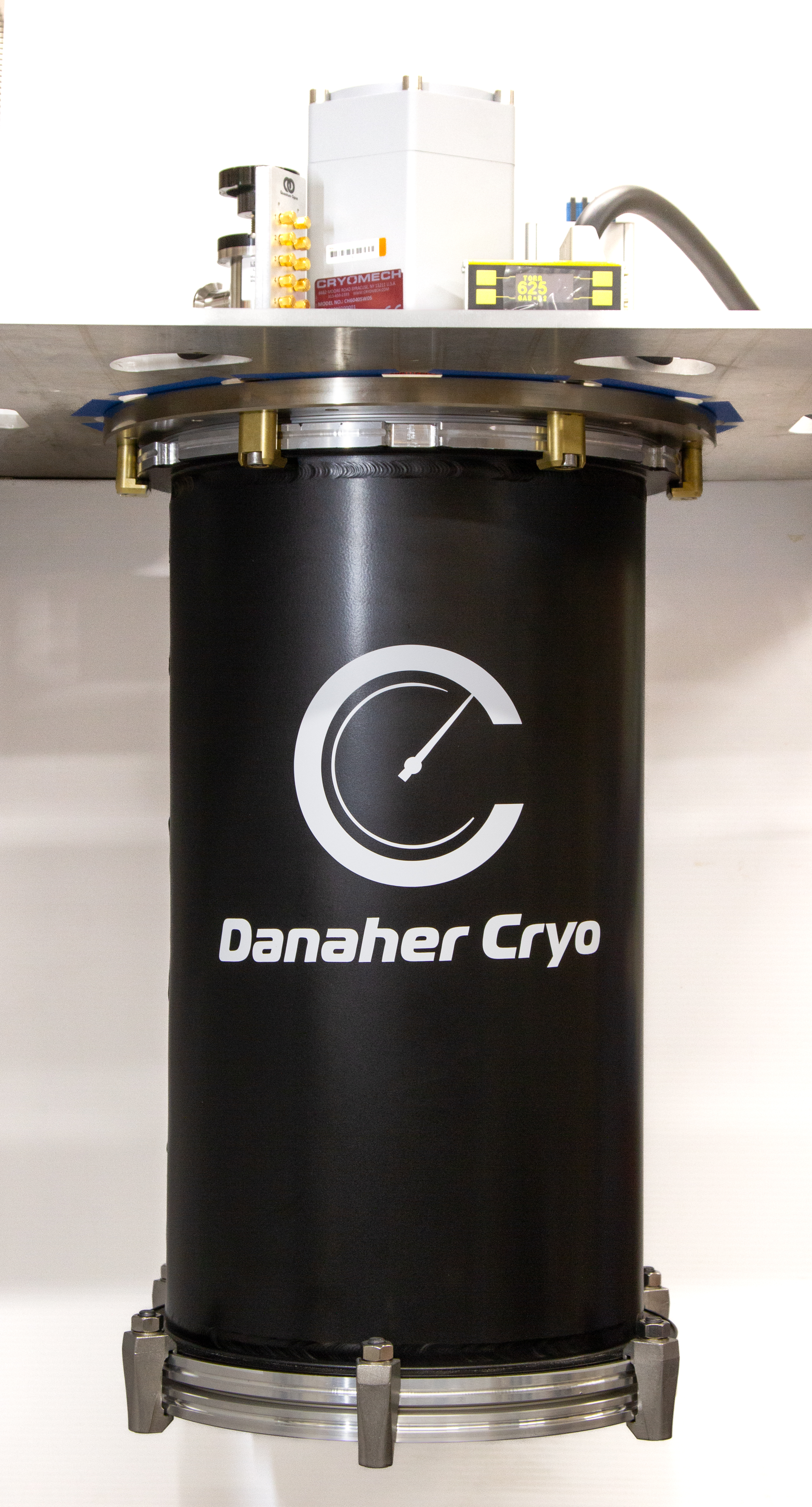 Scientists should spend their efforts on research, not on infrastructure! Scientists often need a reliable source of sub-kelvin cooling. Historically, because no reliable provider of such systems existed, many scientists were resigned to build their own. No longer. Identifying this unmet need in the science community, Danaher Cryo stepped up to offer several elegant solutions. Teaming with Chase Research Cryogenics (CSA CSM), Danaher has established a line of sub-kelvin cryostats that provide long-awaited, convenient solutions. One such system is the Model DC2 Pony cryostat that Danaher recently delivered to Argonne National Laboratory (ANL) (CSA CSM). The Pony incorporates Chase’s CC4 cooler, which provides continuous sub-kelvin temperatures.
Scientists should spend their efforts on research, not on infrastructure! Scientists often need a reliable source of sub-kelvin cooling. Historically, because no reliable provider of such systems existed, many scientists were resigned to build their own. No longer. Identifying this unmet need in the science community, Danaher Cryo stepped up to offer several elegant solutions. Teaming with Chase Research Cryogenics (CSA CSM), Danaher has established a line of sub-kelvin cryostats that provide long-awaited, convenient solutions. One such system is the Model DC2 Pony cryostat that Danaher recently delivered to Argonne National Laboratory (ANL) (CSA CSM). The Pony incorporates Chase’s CC4 cooler, which provides continuous sub-kelvin temperatures.
Read More
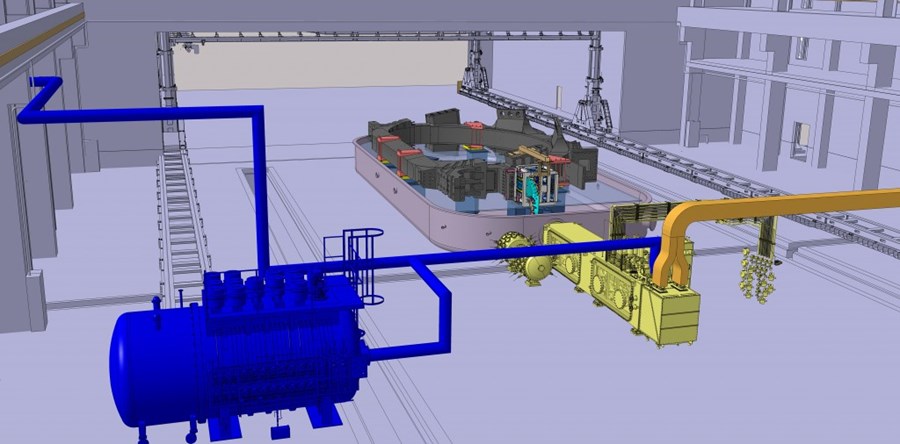 Embarking on the frontiers of innovation, ITER, the International Thermonuclear Experimental Reactor, heralds a new era with its superconducting magnets—a groundbreaking technological marvel designed to operate at an astonishingly low temperature of 4 K (-269 °C), just above absolute zero. ITER’s primary purpose is to explore and demonstrate the potential of nuclear fusion as a clean and sustainable energy source for the future. With the capacity to carry an immensely powerful electrical current, reaching up to 68 kA, these magnets are poised for rigorous testing within a specialized cryostat infrastructure. The question of how these first-of-a-kind components navigate such extreme conditions becomes a pivotal inquiry at the forefront of scientific exploration.
Embarking on the frontiers of innovation, ITER, the International Thermonuclear Experimental Reactor, heralds a new era with its superconducting magnets—a groundbreaking technological marvel designed to operate at an astonishingly low temperature of 4 K (-269 °C), just above absolute zero. ITER’s primary purpose is to explore and demonstrate the potential of nuclear fusion as a clean and sustainable energy source for the future. With the capacity to carry an immensely powerful electrical current, reaching up to 68 kA, these magnets are poised for rigorous testing within a specialized cryostat infrastructure. The question of how these first-of-a-kind components navigate such extreme conditions becomes a pivotal inquiry at the forefront of scientific exploration.
Read More
RIX Liquid Oxygen Generation Plant Supports US Navy’s Newest Aircraft Carriers
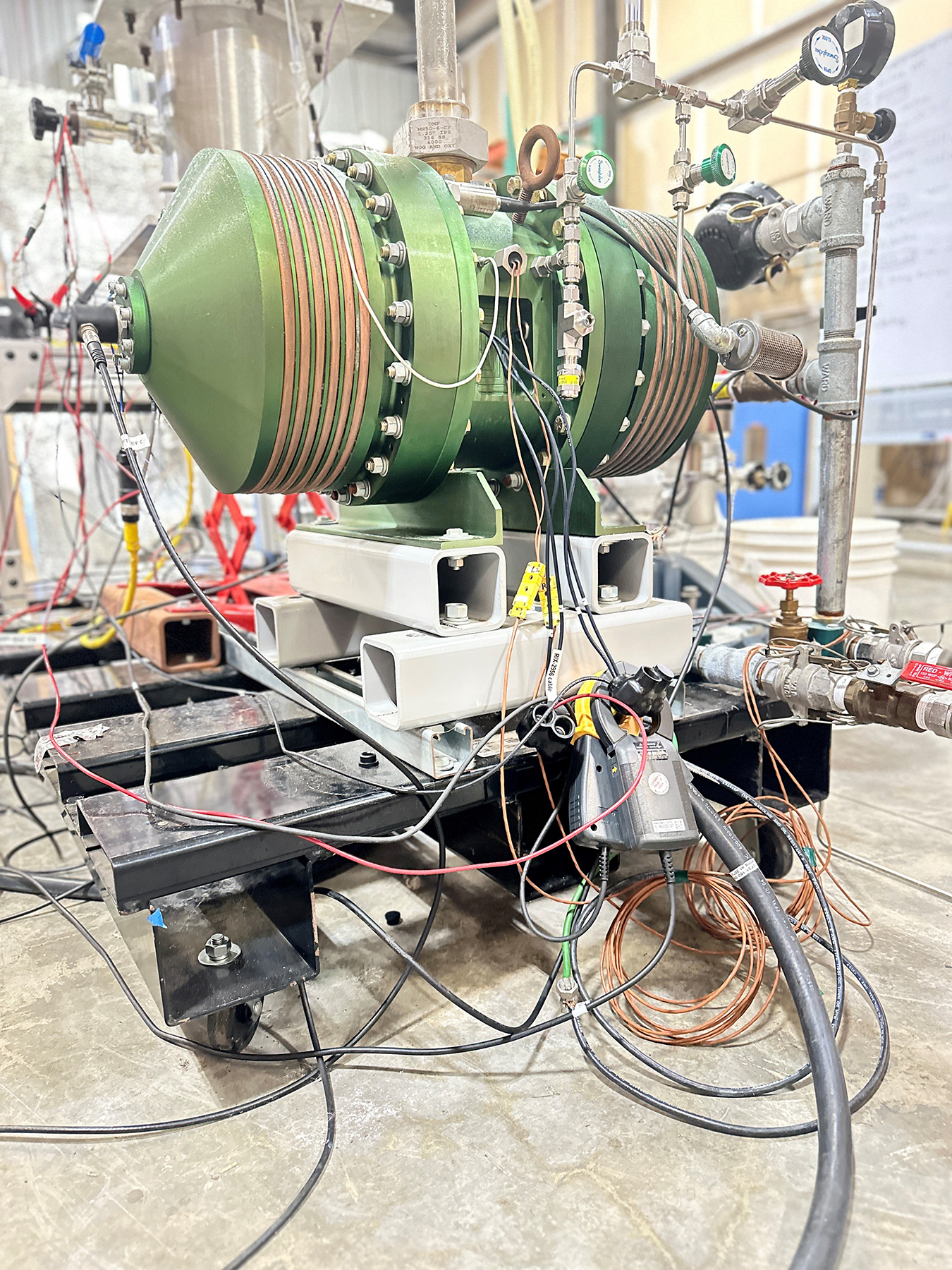 Aircraft carriers use highly concentrated gaseous and liquid oxygen for aviation and medical applications. These legacy systems consume large amounts of valuable ship space and require constant attention and adjustment to meet purity and production rates. With the development of USS Gerald R. Ford (CVN-78) – the “first-in-class” nuclear-powered aircraft carrier designed to replace the aging Nimitz-class carriers in service for over 50 years – the Navy and its contracted partners determined an opportunity for improvement. By implementing a modern liquid oxygen plant in the new Ford-class fleet design, the Navy could achieve its key goals of reducing cost of ownership, decreasing operational manpower, and significantly reducing overall maintenance demands.
Aircraft carriers use highly concentrated gaseous and liquid oxygen for aviation and medical applications. These legacy systems consume large amounts of valuable ship space and require constant attention and adjustment to meet purity and production rates. With the development of USS Gerald R. Ford (CVN-78) – the “first-in-class” nuclear-powered aircraft carrier designed to replace the aging Nimitz-class carriers in service for over 50 years – the Navy and its contracted partners determined an opportunity for improvement. By implementing a modern liquid oxygen plant in the new Ford-class fleet design, the Navy could achieve its key goals of reducing cost of ownership, decreasing operational manpower, and significantly reducing overall maintenance demands.


